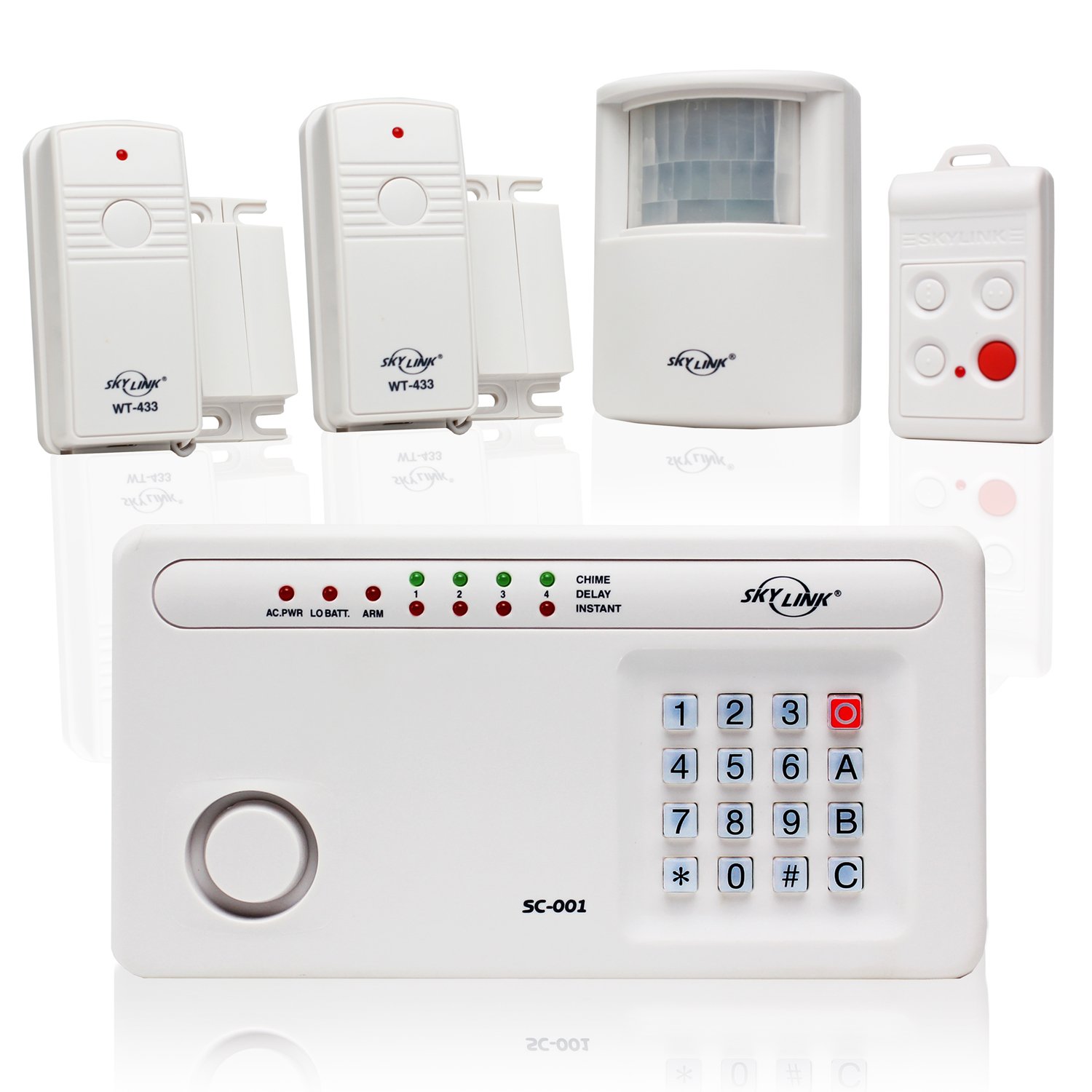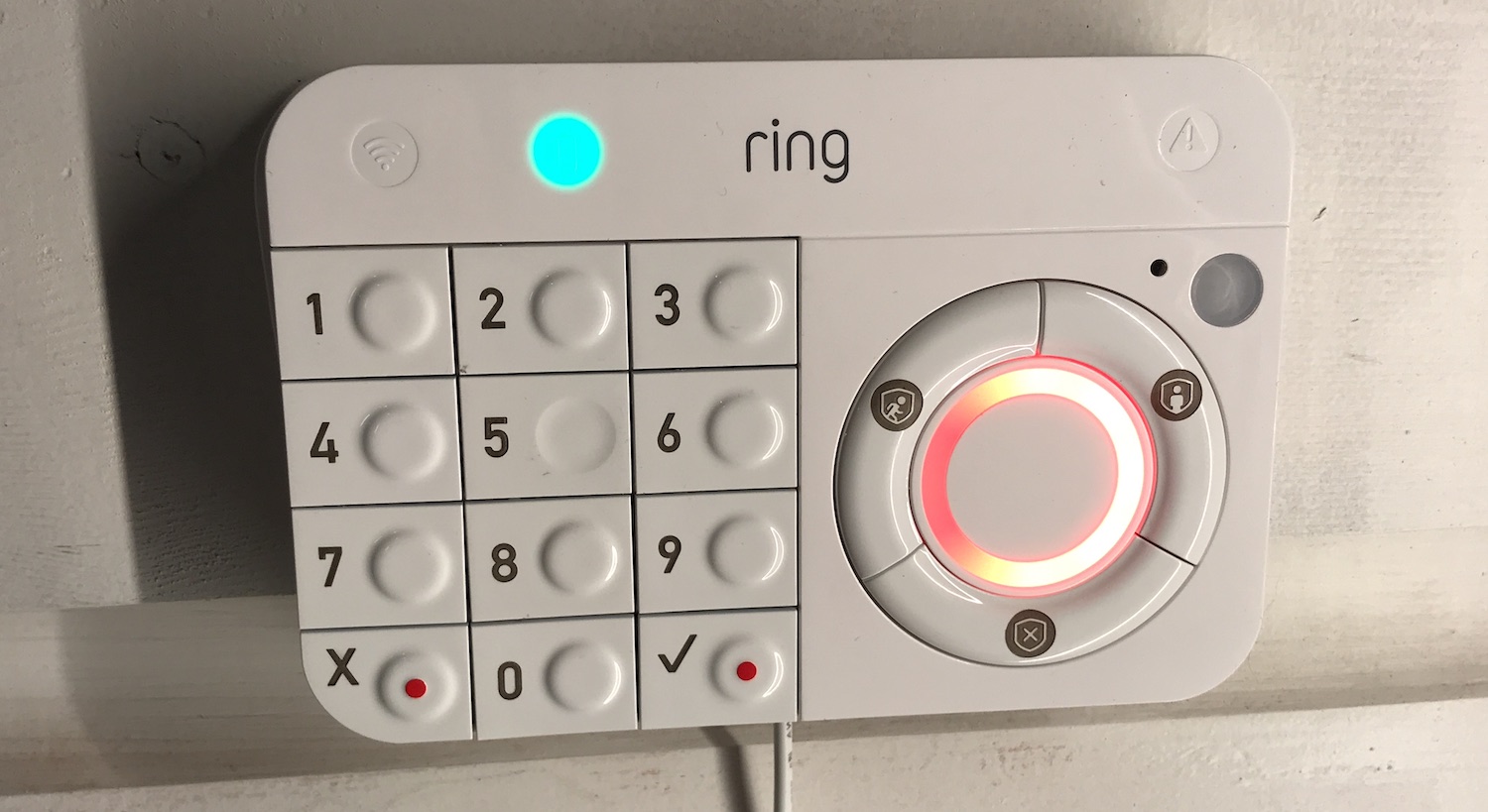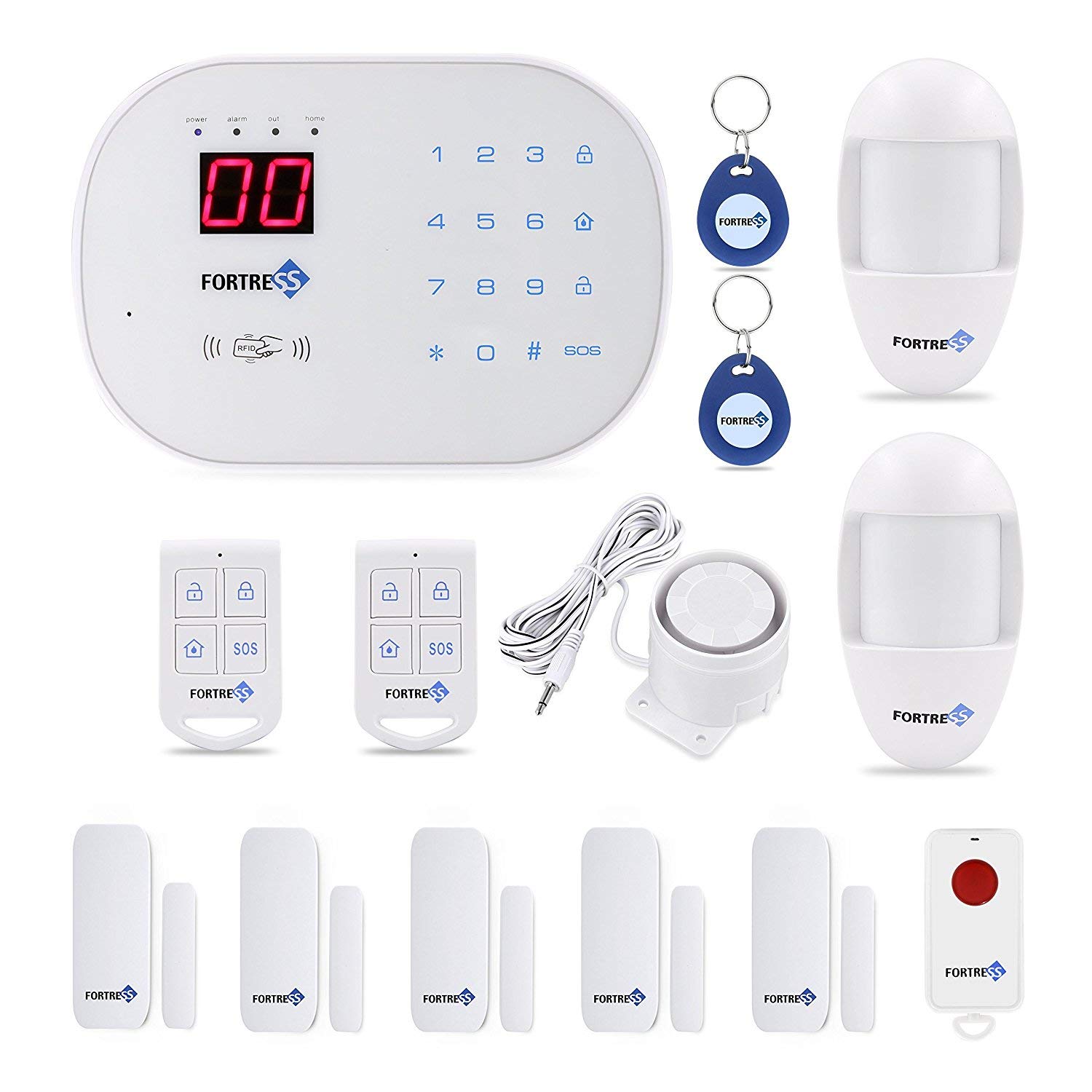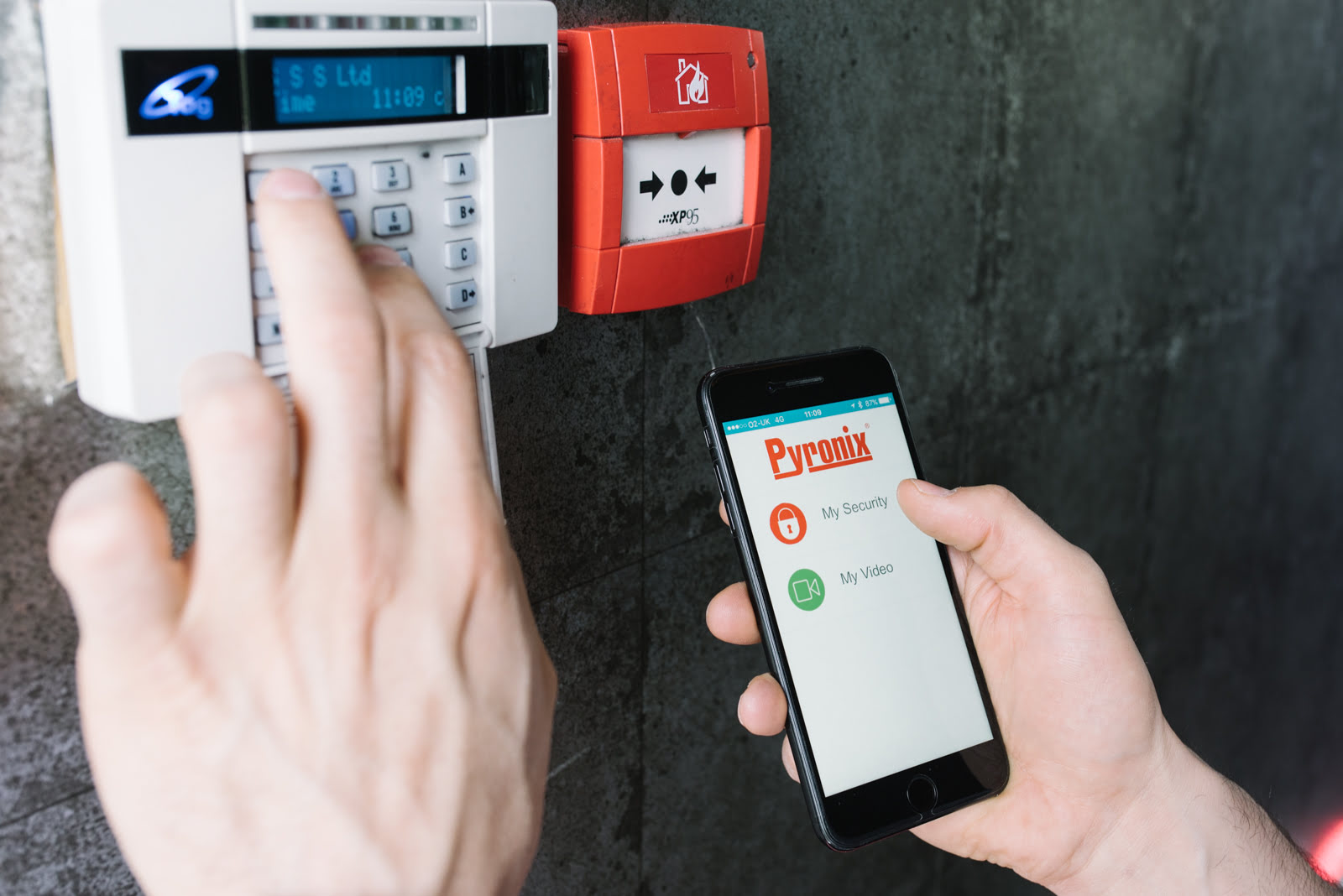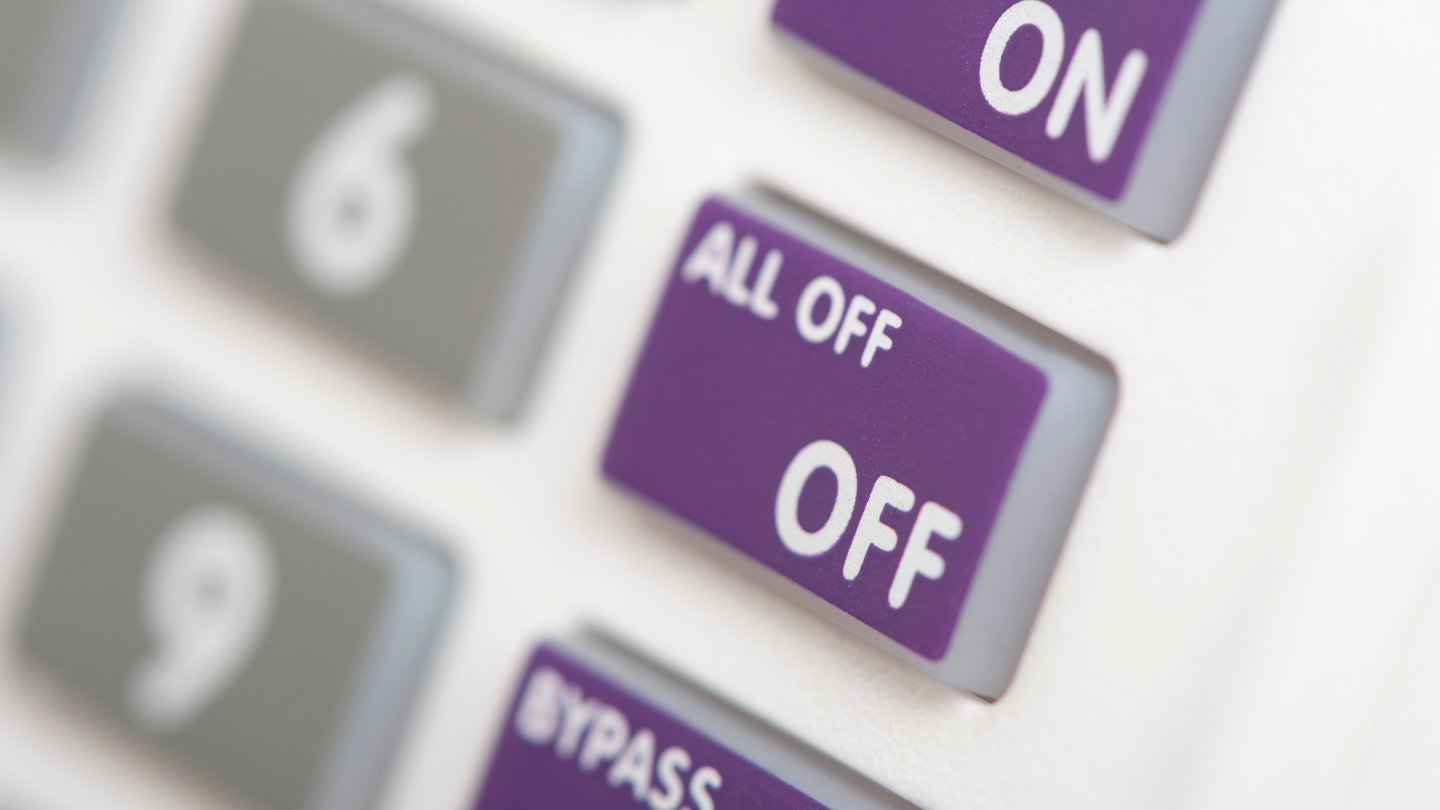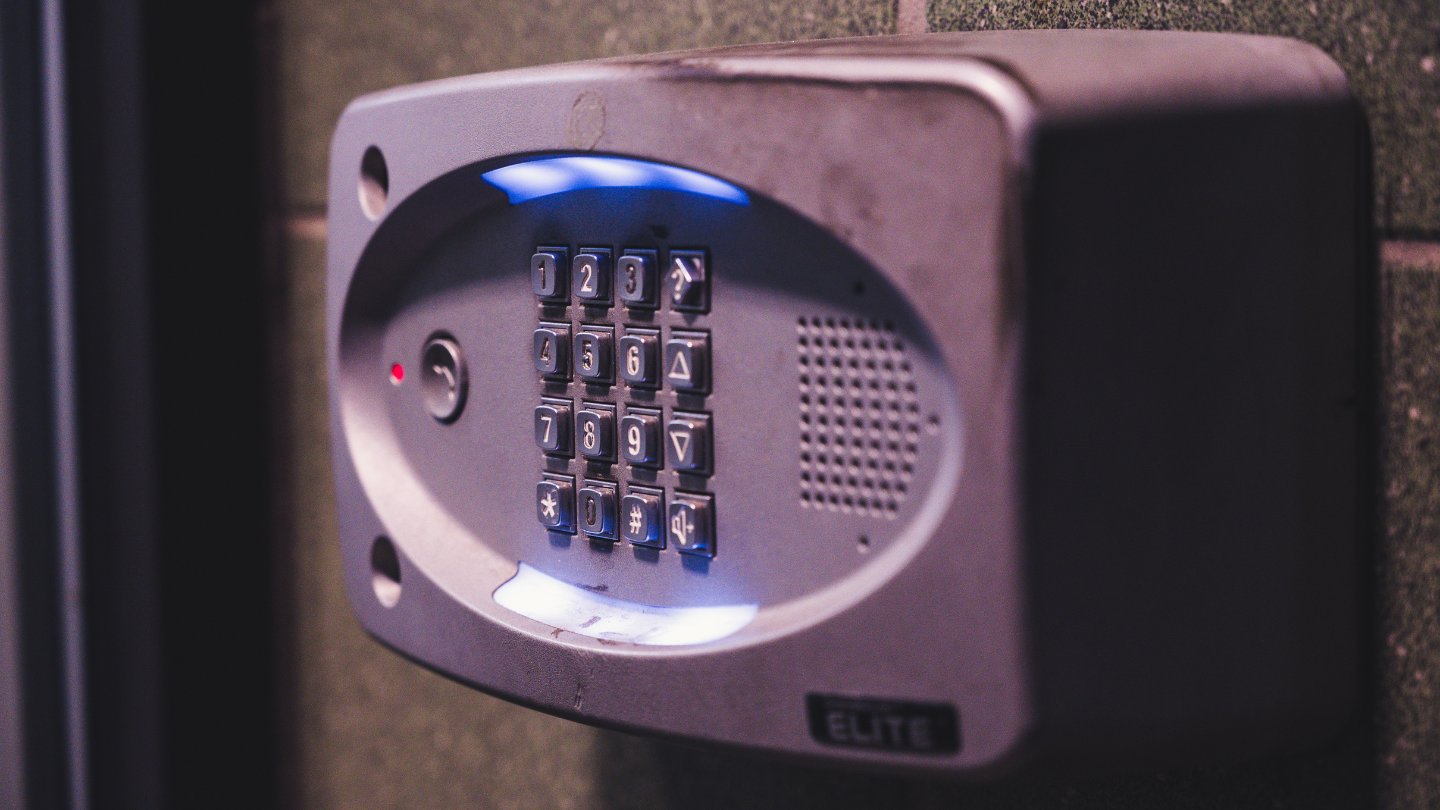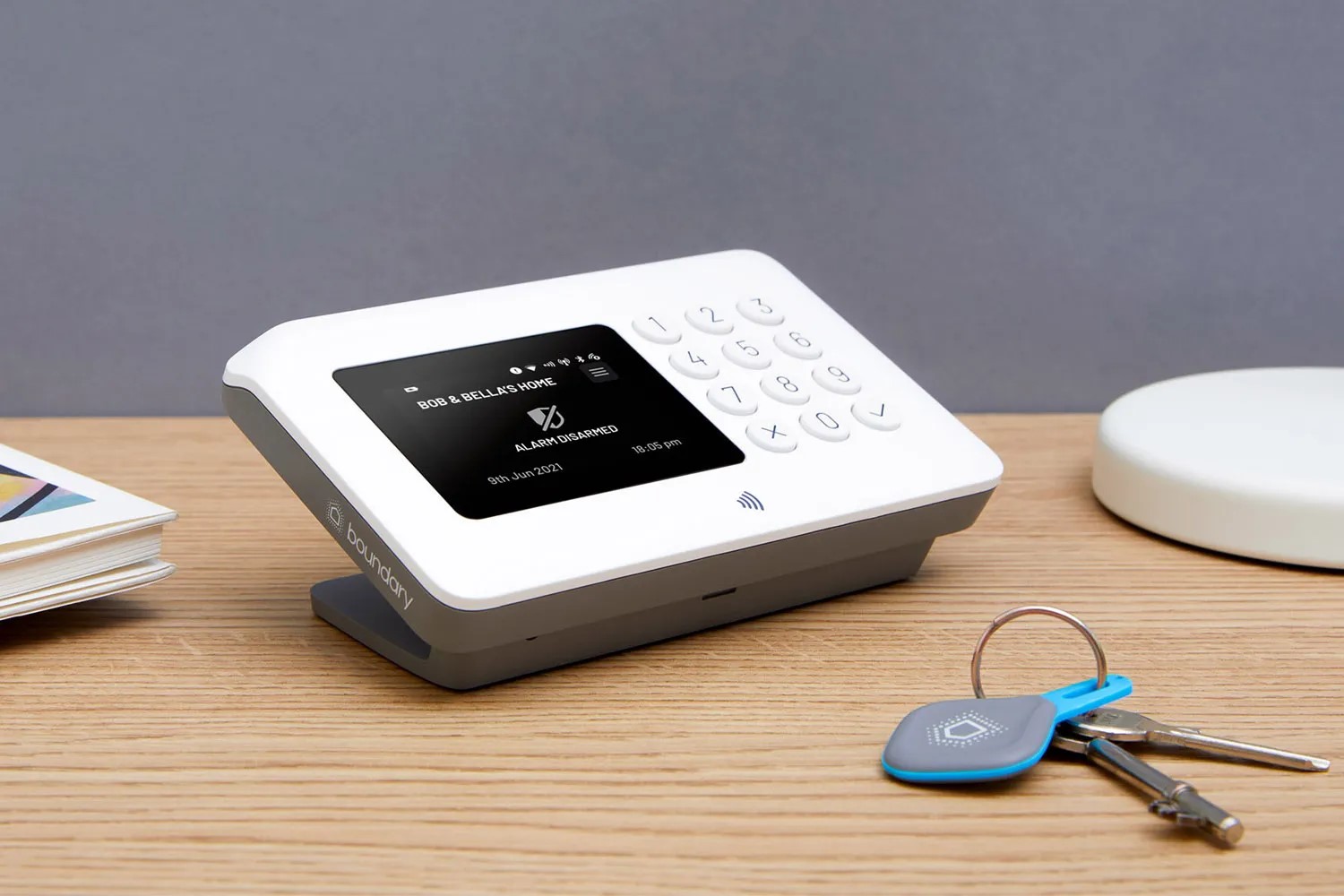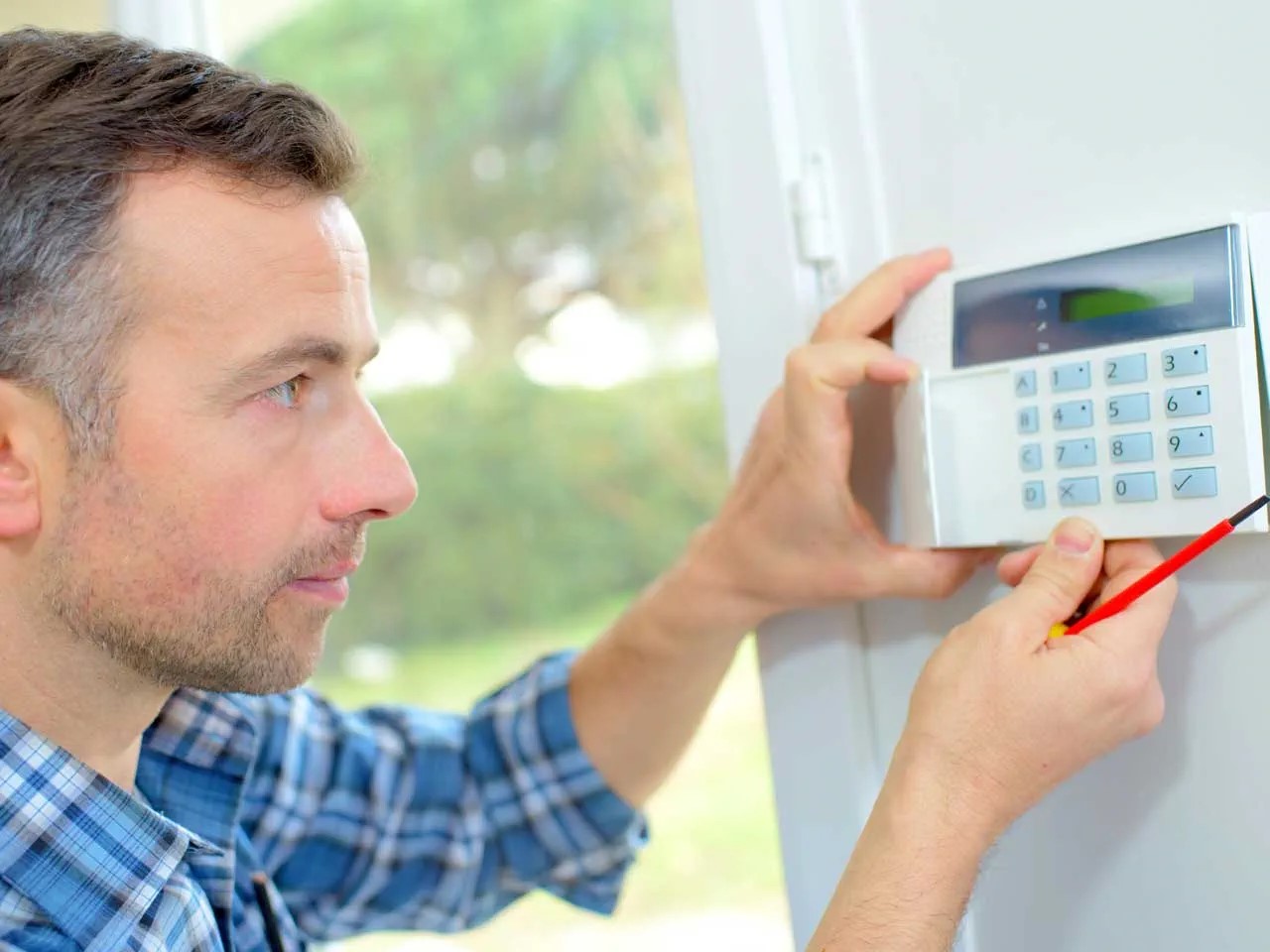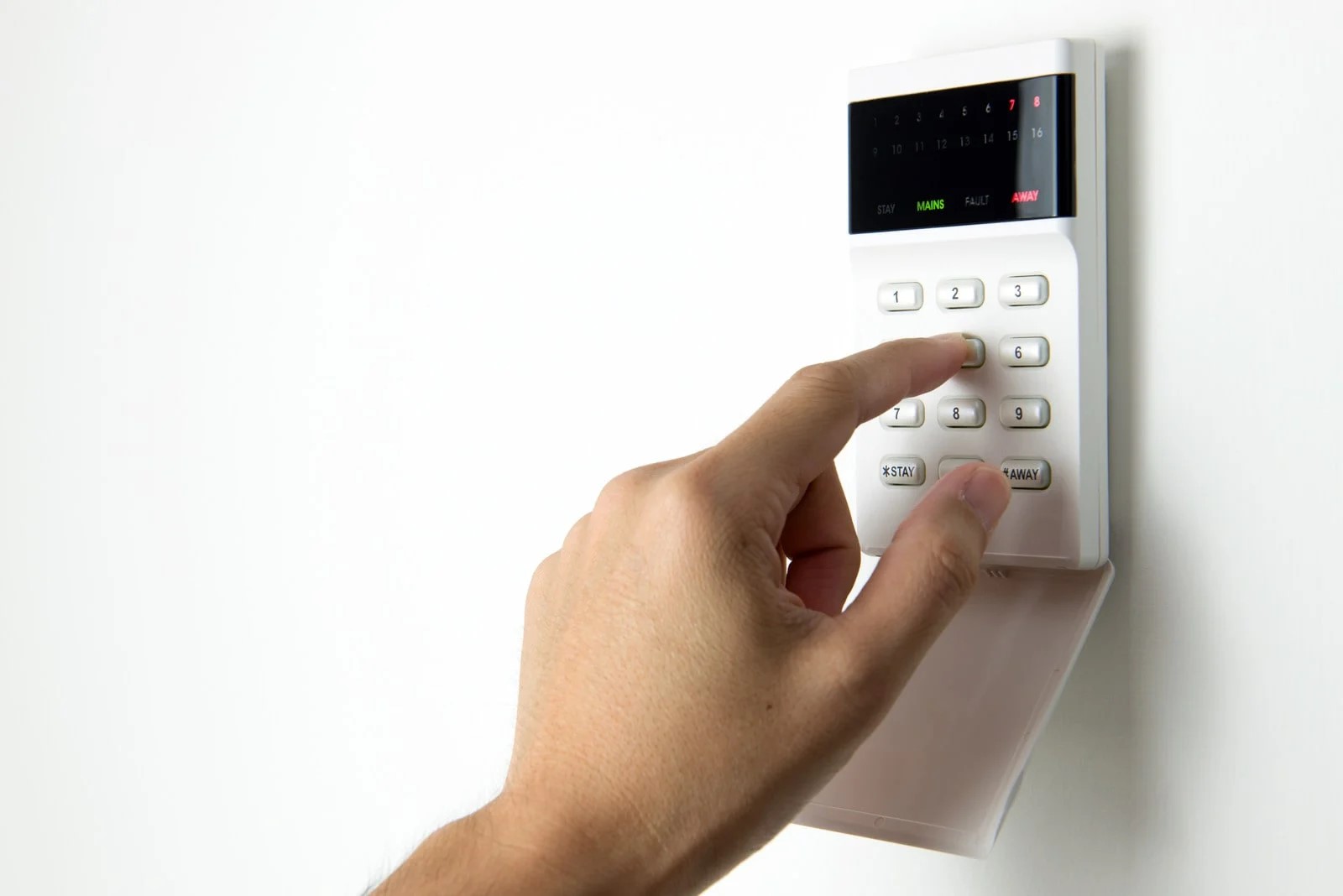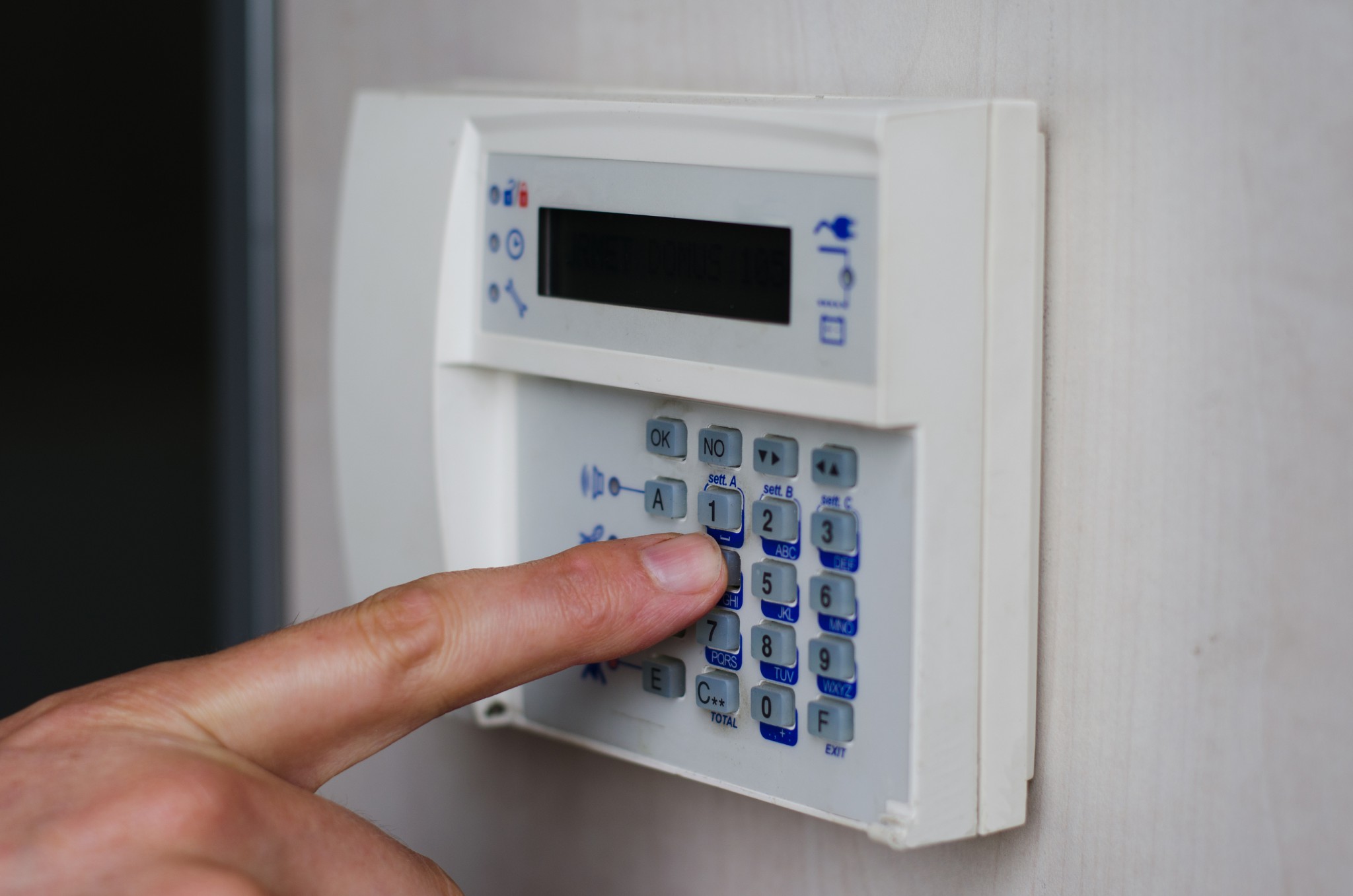Home>Home Security and Surveillance>How Tampering Looks On Alarm Systems


Home Security and Surveillance
How Tampering Looks On Alarm Systems
Modified: March 6, 2024
Enhance your home security and surveillance with tamper-proof alarm systems. Discover how tampering can impact the effectiveness of your security measures.
(Many of the links in this article redirect to a specific reviewed product. Your purchase of these products through affiliate links helps to generate commission for Storables.com, at no extra cost. Learn more)
Introduction
Welcome to our comprehensive guide on tampering with alarm systems. In today’s world, ensuring the safety and security of our homes has become a top priority. Alarm systems provide an effective means of protecting our loved ones and belongings against potential threats. However, it is important to understand that alarm systems can be vulnerable to tampering, jeopardizing their effectiveness and compromising our peace of mind.
In this article, we will delve into the world of tampering with alarm systems, exploring what it entails, why it is a concern, and how we can prevent it. Whether you are a homeowner seeking to improve your home’s security or a security professional looking to expand your knowledge, this guide will equip you with valuable insights to protect against tampering.
So, let’s dive in and explore how tampering can affect alarm systems and how we can safeguard against it.
Key Takeaways:
- Tampering with alarm systems can compromise home security by disabling or bypassing the system, leading to false alarms, invalidated insurance coverage, and legal consequences.
- Prevent tampering by securing physical access points, choosing tamper-resistant systems, installing CCTV cameras, and educating household members to maintain the effectiveness of alarm systems.
What is tampering?
Tampering refers to any unauthorized interference or manipulation of an alarm system’s components or functionality. It involves attempts to compromise the system’s operation or disable its intended purpose. Tampering can occur both externally and internally, and is typically done with the intent to bypass or disable the system’s security measures.
External tampering often involves attempting to disable or bypass the alarm system from outside the premises. This can include tampering with alarm sensors, such as covering them or blocking their line of sight. Other forms of external tampering may involve trying to cut or disable the physical wiring connecting the system components.
Internal tampering, on the other hand, occurs when someone gains access to the alarm system’s control panel or interacts with the system’s settings in an unauthorized manner. This can involve changing the settings to prevent the system from triggering alarms or altering the notifications that are sent when an alarm is activated.
It’s important to note that tampering can take various forms, and the motivation behind it can vary as well. Some individuals may attempt to tamper with alarm systems as part of a criminal act, such as burglary, while others may do so out of curiosity or an intent to interfere with the normal functioning of the system.
Overall, tampering poses a significant risk to the security and effectiveness of alarm systems. It can undermine the system’s ability to detect and notify homeowners or monitoring companies of potential threats, leaving homes vulnerable to break-ins, fire hazards, or other emergencies.
Why is tampering a concern for alarm systems?
Tampering with alarm systems poses a serious concern for homeowners and security professionals alike. Here are some reasons why tampering should be seen as a significant issue:
1. Compromised Security: The primary purpose of an alarm system is to provide security and protect our homes. Tampering can disable or bypass the system, rendering it ineffective in detecting and deterring potential threats. This leaves our homes vulnerable to burglaries, intrusions, and other criminal activities.
2. False Alarms: Tampering can lead to false alarms being triggered or prevent genuine alarms from being activated. This can cause unnecessary panic, disrupt daily routines, and even result in fines or penalties if false alarm policies are in place. False alarms can also strain emergency response resources, potentially delaying assistance during actual emergencies.
3. Invalidated Insurance Coverage: Many homeowners rely on alarm systems to meet the security requirements set by their insurance policies. If an alarm system is tampered with or disabled, it may lead to a denial of insurance claims in the event of a burglary or other covered incidents. This can result in financial losses and added stress during an already distressing situation.
4. Lack of Awareness: Tampering can go unnoticed if homeowners are not vigilant and proactive in monitoring their alarm systems. This can create a false sense of security, as homeowners may believe their systems are functioning properly when, in fact, they have been compromised. Regular maintenance and attention to potential signs of tampering are crucial to ensuring the continued effectiveness of the system.
5. Legal Consequences: In some jurisdictions, tampering with alarm systems can be a criminal offense. Engaging in such activities can result in legal consequences, including fines and imprisonment. It is essential to understand and abide by local laws and regulations regarding alarm systems to avoid legal trouble.
Overall, tampering with alarm systems undermines the very purpose of having them in place, putting our homes, belongings, and loved ones at risk. It is crucial to take proactive measures to prevent tampering and regularly assess the integrity of our alarm systems to maintain their effectiveness and ensure peace of mind.
Signs of Tampering on Alarm Systems
Detecting tampering on alarm systems is crucial to maintaining their effectiveness and keeping our homes secure. Here are some common signs to look out for:
1. Physical Damage: Physical damage to the alarm system components can indicate tampering. Look for signs of forced entry, such as broken locks, damaged control panels, or cut wires. Additionally, check for any signs of tampering with sensors, such as dislodged or tampered covers.
2. Disabled or Non-functional Features: Tampering may involve intentionally disabling or altering certain features of the alarm system. If you notice that certain functions, such as motion sensors, door/window sensors, or sirens, are not working as expected, it could indicate tampering.
3. Unusual Behavior: Keep an eye out for any unusual behavior exhibited by the alarm system. This can include unexpected triggering or failure to trigger alarms, notifications that are not being sent, or the system behaving inconsistently compared to its normal operation.
4. Unauthorized Access: Tampering often involves someone gaining unauthorized access to the alarm system’s control panel or settings. Check for signs of tampering with access codes, default settings being changed, or unusual activity logs indicating unauthorized interactions with the system.
5. Modified Wiring: Tampering may also involve modifying the wiring connecting the alarm system components. Look for any exposed or damaged wiring, loose connections, or signs of tampering with the wiring infrastructure. This can be a significant indicator that the alarm system has been tampered with.
6. Inaccurate Monitoring Data: Monitoring data provided by the alarm system may reveal signs of tampering. Monitor and review the data regularly for any inconsistencies, anomalies, or discrepancies that cannot be explained by normal system behavior.
7. Tamper-Resistant Features Tripped: Many alarm systems include tamper-resistant features designed to detect and notify users of any attempts to tamper with the system. If you receive tamper notifications or alarms indicating tampering, it should be taken as a clear sign that someone has been meddling with the alarm system.
Remember that tampering signs can vary depending on the specific alarm system you have installed. Familiarize yourself with the manufacturer’s recommendations and guidelines for detecting tampering and regularly inspect and test your system to ensure its integrity and functionality. If you suspect any tampering, contact your alarm system provider or a professional security company for assistance and further evaluation.
Regularly check your alarm system for any signs of tampering, such as loose wires, unusual marks, or changes in the system’s behavior. This can help you identify and address any potential security risks.
Common Methods of Tampering with Alarm Systems
Understanding the common methods used to tamper with alarm systems is essential for homeowners and security professionals to effectively protect against potential breaches. Here are some common methods of tampering to be aware of:
1. Sensor Manipulation: Tampering with alarm sensors is a prevalent method used by intruders. This can involve covering motion sensors or disabling door/window sensors by tampering with their functionality. Intruders may use duct tape, adhesive substances, or physical barriers to obstruct or neutralize the sensors, preventing them from detecting unauthorized entry.
2. Cutting or Tampering with Wiring: Intruders may attempt to disable alarm systems by cutting or tampering with the wiring connecting the various components. By severing the connection between sensors and the control panel, they can render the system ineffective. This method requires physical access to the wiring infrastructure, making it a more complex tampering technique.
3. Jamming Signals: Signal jamming involves interfering with the communication between an alarm system’s sensors and the control panel. Intruders may use jamming devices that emit radio frequencies, blocking the transmission of signals from sensors to the control panel. This prevents the system from detecting any breaches or sending alerts.
4. Disabling Power Sources: Tampering with alarm systems can also involve disabling their power sources. Intruders may attempt to disconnect or tamper with the backup batteries used to power the system in case of a power outage. Cutting off power supply to the alarm system effectively disables its functionality and prevents it from triggering alarms or notifications.
5. Compromising Control Panel Access: Tampering can occur by gaining unauthorized access to the alarm system’s control panel. This can involve physically tampering with the control panel, removing its cover, or using default access codes to manipulate settings or disable the system’s security features. Intruders may also attempt to brute-force access codes to gain control.
6. Spoofing or Interfering with Communication: Some alarm systems use wireless communication protocols to transmit signals between sensors and the control panel. Intruders with the technical knowledge may attempt to spoof or interfere with these wireless signals, disrupting the communication and preventing the system from functioning as intended.
7. Manipulating System Settings: Tampering can involve altering the settings of an alarm system to circumvent or disable its security measures. This can include adjusting the sensitivity of motion sensors to reduce their effectiveness or modifying notification settings to prevent alerts from being sent to homeowners or monitoring companies.
It is important to note that these methods of tampering can vary in complexity and require different levels of technical expertise. Implementing multiple layers of security, including tamper-resistant sensors, encrypted communication, and regular system maintenance, can help deter and detect tampering attempts.
By staying informed about these common tampering methods, homeowners and security professionals can proactively strengthen their alarm systems and enhance their overall security. Regularly evaluate the integrity of your system and consider consulting with a security expert to implement additional security measures.
Read also: 14 Amazing Tamper Proof Thermostat For 2024
How to Prevent Tampering on Alarm Systems
Preventing tampering on alarm systems is essential to maintain their effectiveness in safeguarding your home and loved ones. Here are some effective strategies to help prevent tampering:
1. Secure Physical Access Points: Ensure all entry points in your home, such as doors and windows, are properly secured. Install sturdy locks, reinforced frames, and window security film to make it difficult for intruders to gain physical access to the alarm system or tamper with its components.
2. Choose Tamper-Resistant Alarm Systems: Select alarm systems that have tamper-resistant features built-in. These may include sensors with anti-tamper protection, control panels with tamper detection mechanisms, or encrypted communication to prevent signal interception. These features can deter potential tampering attempts and provide additional layers of security.
3. Install CCTV Cameras: Place security cameras strategically to monitor vulnerable areas, including the alarm system components. This can act as a deterrent, as potential intruders will be aware of being captured on camera. Additionally, CCTV footage can provide valuable evidence in the event of tampering or a break-in.
4. Utilize Remote Monitoring: Consider implementing a remote monitoring service for your alarm system. These services allow for 24/7 monitoring by security professionals who can respond to alarms or tampering attempts promptly. Remote monitoring can provide an extra layer of security and quickly address any suspicious activity.
5. Regular System Maintenance: Schedule regular maintenance for your alarm system to ensure it is in optimal working condition. This includes checking sensors, batteries, wiring, and control panels for any signs of wear or tampering. Regular maintenance helps detect potential vulnerabilities and ensures any issues are addressed promptly.
6. Change Default Settings: Immediately change any default access codes or passwords that come with your alarm system. Use strong, unique passwords and access codes that are not easily guessable. Regularly update these credentials to minimize the risk of unauthorized access and tampering.
7. Educate Household Members: Teach your family members or household occupants about the importance of alarm system security and the consequences of tampering. Ensure they understand how to arm and disarm the system properly and the potential repercussions of interfering with the alarm system.
8. Implement Physical and Virtual Signage: Display signage indicating that your home is protected by an alarm system. These signs act as a deterrent to potential intruders and make them think twice before attempting to tamper with the system. Additionally, consider displaying virtual signage on your property’s website or social media platforms to notify the public of your security measures.
9. Security System Monitoring Alerts: Enable and regularly check notifications from your alarm system. This will help you quickly identify any unauthorized access attempts or tampering. Familiarize yourself with the alert settings and configure them to your specific needs.
10. Professional Installation: Consider having your alarm system professionally installed. Professional installers have the expertise and knowledge to properly set up and secure the system, reducing the risk of vulnerabilities or improper installation that could be exploited by tampering attempts.
By implementing these preventive measures, you can significantly reduce the risk of tampering and enhance the security provided by your alarm system. Stay vigilant, maintain your system regularly, and invest in the necessary security measures to protect your home and loved ones effectively.
Conclusion
Tampering with alarm systems is a serious concern that can compromise the security of our homes and jeopardize the safety of our loved ones. It is crucial to be aware of the signs of tampering and take proactive steps to prevent it.
In this comprehensive guide, we have explored the concept of tampering, the reasons why it is a concern for alarm systems, the signs of tampering to watch out for, common methods used to tamper with alarm systems, and effective strategies to prevent tampering. By understanding these key aspects, homeowners and security professionals can better protect their properties and maintain the effectiveness of their alarm systems.
Preventing tampering requires a multi-layered approach that combines physical security measures, tamper-resistant alarm systems, regular maintenance, and proactive monitoring. By securing physical access points, choosing tamper-resistant systems, installing CCTV cameras, utilizing remote monitoring services, and educating household members, we can significantly reduce the risk of tampering.
Regular system maintenance, changing default settings, implementing physical and virtual signage, and opting for professional installation are additional steps that enhance the integrity of our alarm systems.
Remember, the effectiveness of our alarm systems lies not only in their features and technology but also in our commitment to their proper maintenance and security. Stay vigilant, stay informed, and stay proactive to ensure that your home and loved ones are protected from potential tampering.
By implementing these preventive measures, we can fortify our homes and establish a robust security system that deters intruders and provides peace of mind. Let us take the necessary steps to protect our homes, secure our assets, and safeguard the people we care about the most.
Frequently Asked Questions about How Tampering Looks On Alarm Systems
Was this page helpful?
At Storables.com, we guarantee accurate and reliable information. Our content, validated by Expert Board Contributors, is crafted following stringent Editorial Policies. We're committed to providing you with well-researched, expert-backed insights for all your informational needs.
